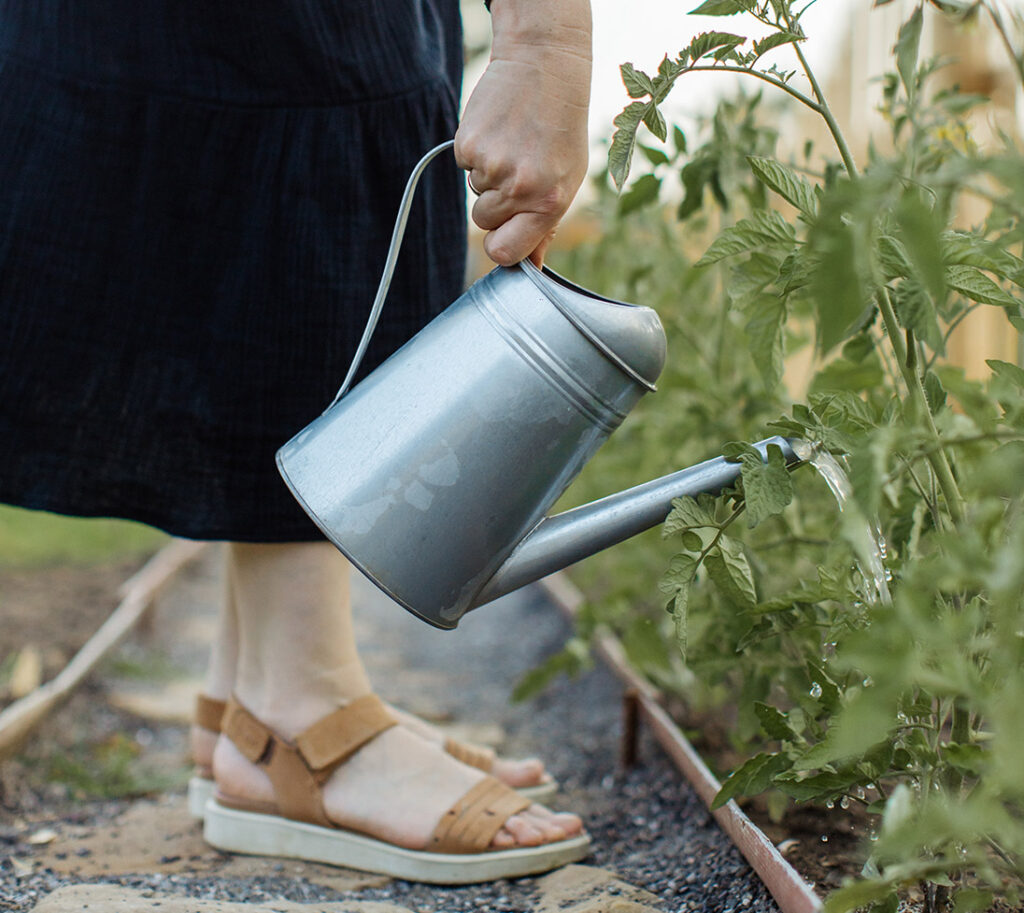Feature Story

TWILIGHT OF THE BEE
Bees are old. Prehistoric old. Their fossilized ancestors have been discovered in droplets of amber resin dating between 75 and 95 million years ago. Having evolved from wasps, they arrived during the late Cretaceous period, that moment in time when a 6-mile-wide asteroid ended its fiery journey across the cosmos with a splashdown in the Gulf of Mexico. The collision ignited the last great extinction and doomed 70% of the world’s species.
Luckily for us, and the world, the bee’s ancestors were survivalists.
The Industrial Critter Carries On
Today, it is estimated that there are over 20,000 species of bees worldwide, with 4,000 species calling North America home. This diversity attests to their evolutionary tenacity as they evolved alongside the planet’s burgeoning ecosystem of flowering plants. Without this co-evolution, it is doubtful our flora would be as vibrant as it is today. While birds and a few mammals also act as pollinators, bees are the most specialized.
These fuzzy laborers are estimated to be responsible for over a third of the planet’s produced crops. Beyond fruits and vegetables, bees also pollinate plants used for livestock feed, thus affect our food supply both directly and indirectly.
Are We Doing What the Asteroid Could Not

Over the last two decades, naturalists have seen a significant decline in bee populations. Professional beekeepers were the first to raise the alarm as they witnessed dramatic losses to their honey-producing colonies. This “colony collapse disorder” (CCD) continues to be a growing concern not only for honey production but more importantly, for the essential process of flower and tree pollination.
In 2017, for the first time, the U.S. Fish and Wildlife Service declared a North American bee species endangered. The Rusty Patch Bumble Bee (Bombus affinis) had broad distribution across the eastern and upper-midwest regions of the U.S. along with parts of southern Canada.
The species was noted for its dependence on various woodland flowering plants. While they were the first species listed under the Federal Endangered Species Act of 1973, 21 other species of eastern bees now face the same unwelcome distinction.
Threats to bees – No Single Cause

Pesticides, fungicides, and other harmful chemicals are often considered the sole culprit in bee population decline as they reduce the hive’s natural resistance to disease. However, studies have pointed to other factors as well.
It is believed that climate change is becoming a significant problem as it shifts weather patterns around the world. Drier winters, record heatwaves, extreme storms, and unnatural disasters have taken their toll on the environment. This affects the hives directly and diminishes the natural flora bees need to survive.
Introducing non-native bees can also harm local populations, whether they are driven into new territories by environmental factors or purposely introduced by inexperienced or uninformed beekeepers.
A Welcoming Home
To further entice bees to your home, you can create a hospitable place for them to live. Over 90% of bee species do not have a queen, develop hives, or make honey. They prefer one-room apartments over the crowded quarters inhabited by their cousins.
One of the best-known is the Mason bee. A diligent pollinator, they flitter from flower to flower as expected. But they are solitary insects preferring to take up residence in small cavities or holes.
A nice addition to any garden is a bee house. Unlike a classic beehive, a bee house is a honeycombed shanty built with woody straws or drilled holes. They offer ready-made structures for solitary bees. Like traditional birdhouses, bee houses have become a popular do-it-yourself project
The Busy Bee
There is hardly another animal on the planet that we are so familiar with, enthralled by, while at the same time, so dependent on for our survival. Without these tireless pollinators, the natural world we enjoy would be very different. If we lose them, our grocery store produce shelves will lose a vast amount and variety of fruits and vegetables. Our forests and flowering meadows will wither leaving our once vibrant landscape a dreary shadow of what it once was.
Luckily, unlike an African elephant or a hammerhead shark, we can offer the vulnerable bee some comfort with a few simple changes to our backyards. The right assortment of flowering plants, a shallow water bowl, and a little cubby of drilled holes.
Then, if we can sit on our porches and enjoy these marvelous creatures as they continue to feed the world as they have done for millions of years.


